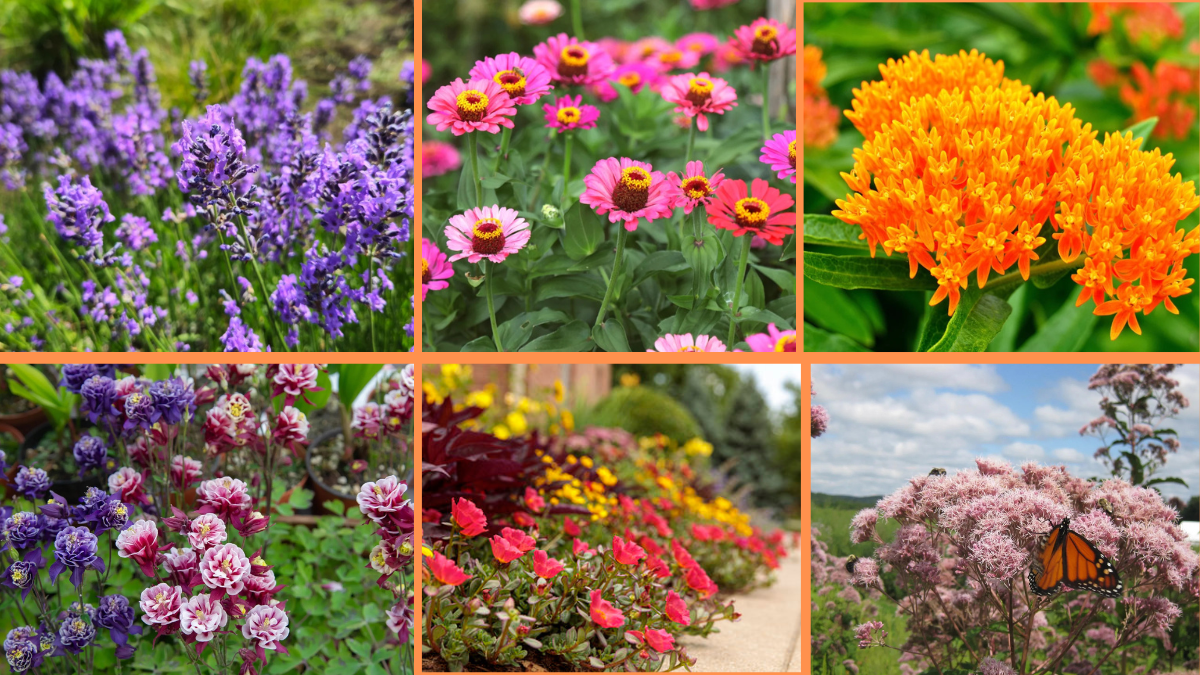When it comes to gardening, soil type plays a huge role in determining how well your plants will grow. Among the various soil types, sandy soil can be one of the trickiest for flower gardening. Its loose texture, fast drainage, and poor nutrient retention present challenges — but don’t worry! With the right techniques, you can transform sandy soil into a thriving flower garden.
In this guide, we’ll explore 10 practical, easy-to-follow tips to help you successfully grow flowers in sandy soil and create a colorful, vibrant outdoor space.
What is Sandy Soil?
Before diving into the tips, let’s quickly understand what sandy soil is. Sandy soil consists of large, coarse particles that feel gritty when rubbed between your fingers. It drains water quickly and tends to dry out faster than other soils like loam or clay. While this can be an advantage in wet climates, it often means nutrients wash away easily, leaving plants undernourished.
Common characteristics of sandy soil:
- Light and airy texture
- Drains water quickly
- Warms up faster in spring
- Low in nutrients and organic matter
- Tends to dry out rapidly
Now, let’s get into how you can work with this type of soil and grow a beautiful flower garden.
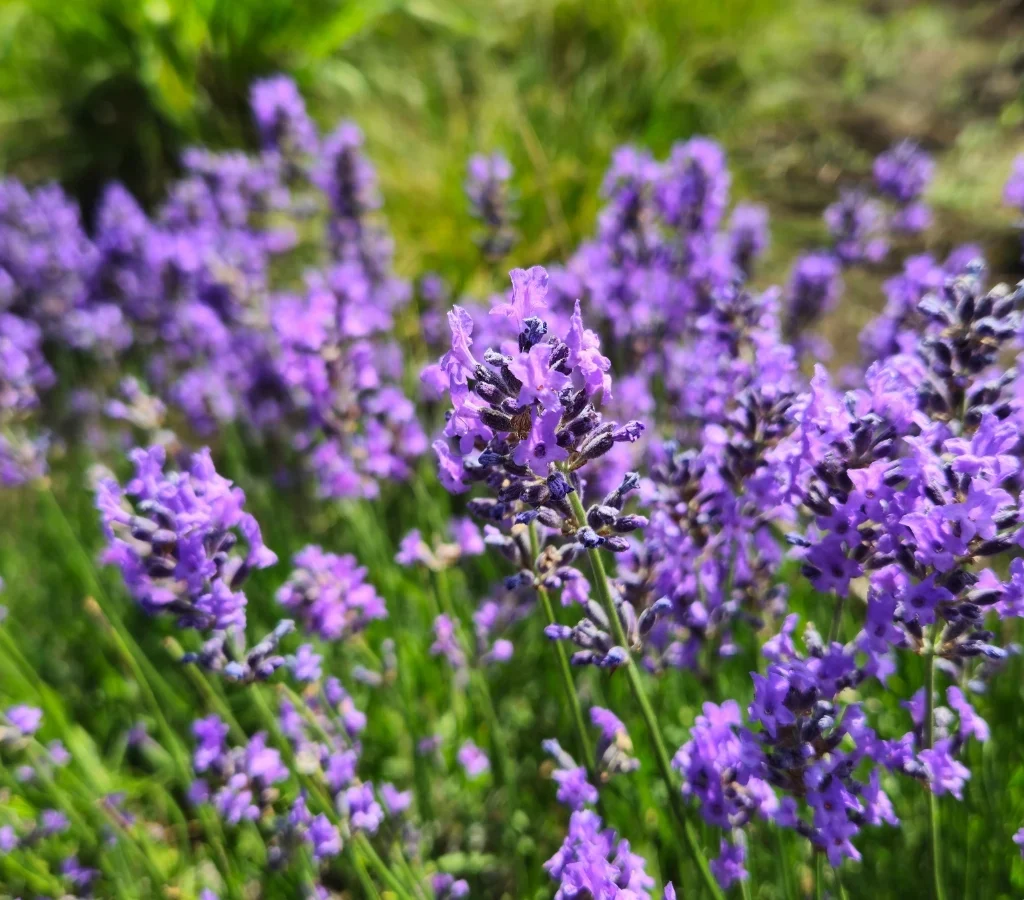
1. Choose the Right Flowers for Sandy Soil
Certain flowers naturally thrive in sandy soil conditions. Choosing these varieties gives you a head start, as they are better adapted to dry, well-drained environments.
Best flowers for sandy soil include:
- Lavender
- Black-eyed Susan
- Blanket flower (Gaillardia)
- Sedum
- Coreopsis
- Yarrow
- Zinnias
- Russian Sage
- Daylilies
- Cosmos
These flowers not only tolerate sandy soil but often flourish in it, producing bold, colorful blooms throughout the season.
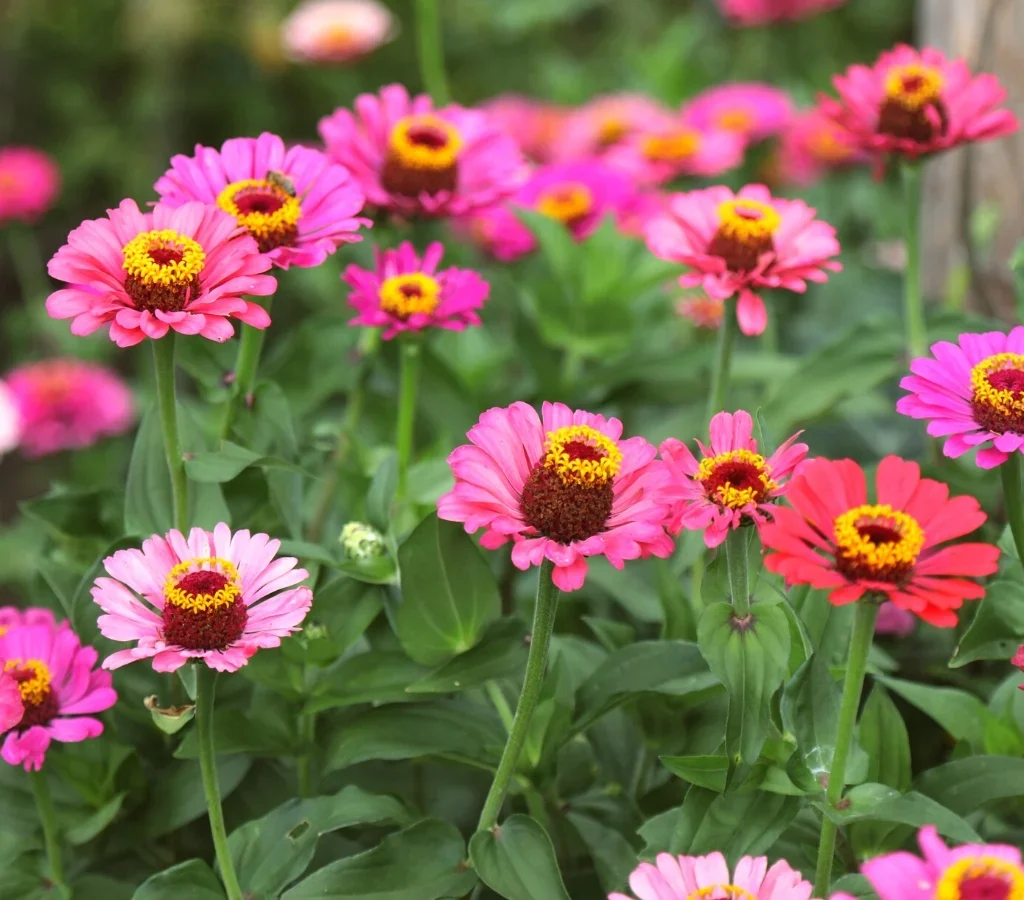
2. Improve Soil Structure with Organic Matter
Sandy soil benefits greatly from the addition of organic materials. This helps retain moisture, increase nutrient content, and improve overall soil health.
What to add:
- Compost
- Aged manure
- Peat moss
- Leaf mold
- Coconut coir
Mixing organic matter into sandy soil increases its water-holding capacity and enriches it with slow-release nutrients. Aim to add a 2-3 inch layer of compost or other organic material and work it 6-8 inches into the soil before planting.
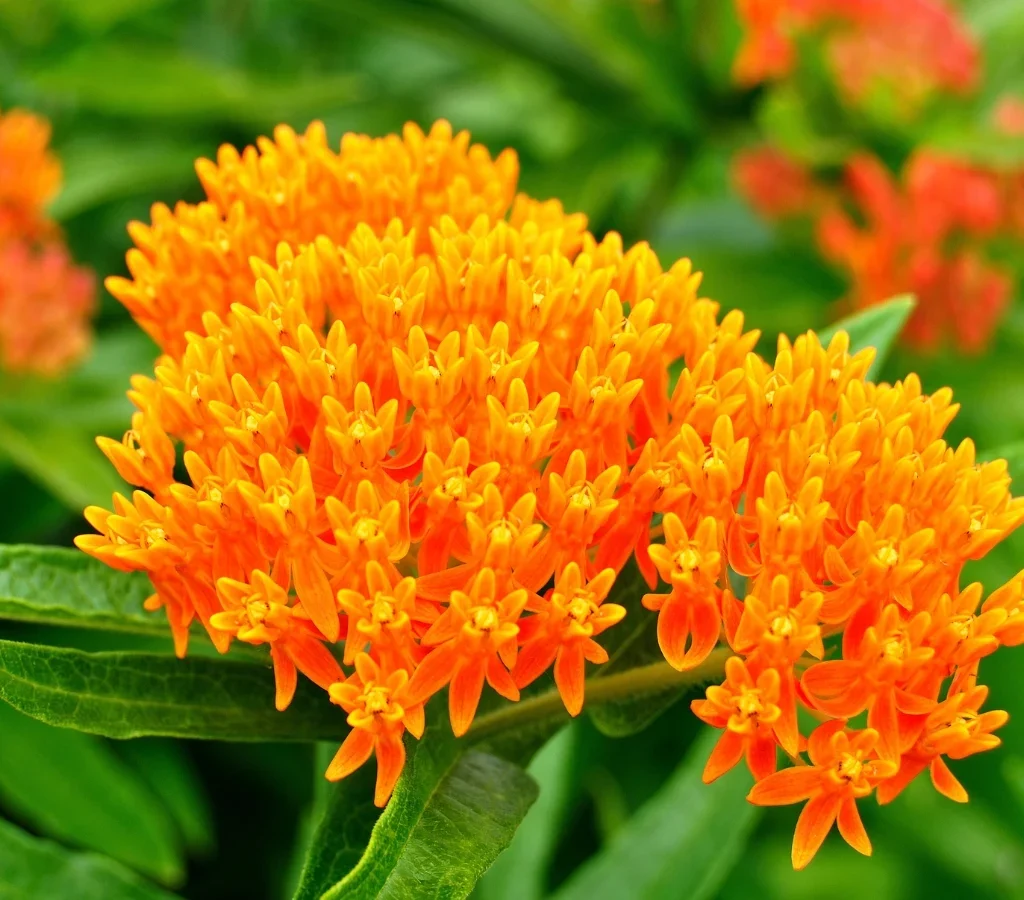
3. Use Mulch to Retain Moisture
Because sandy soil dries out quickly, mulching is essential. Mulch helps retain soil moisture, keeps the roots cool, and prevents nutrient loss.
Best types of mulch:
- Shredded bark
- Straw
- Pine needles
- Grass clippings
Apply a 2-3 inch layer of mulch around your flowers, leaving a small gap around the base of each plant to prevent rot. Mulching also suppresses weeds and gradually improves soil texture as it breaks down.
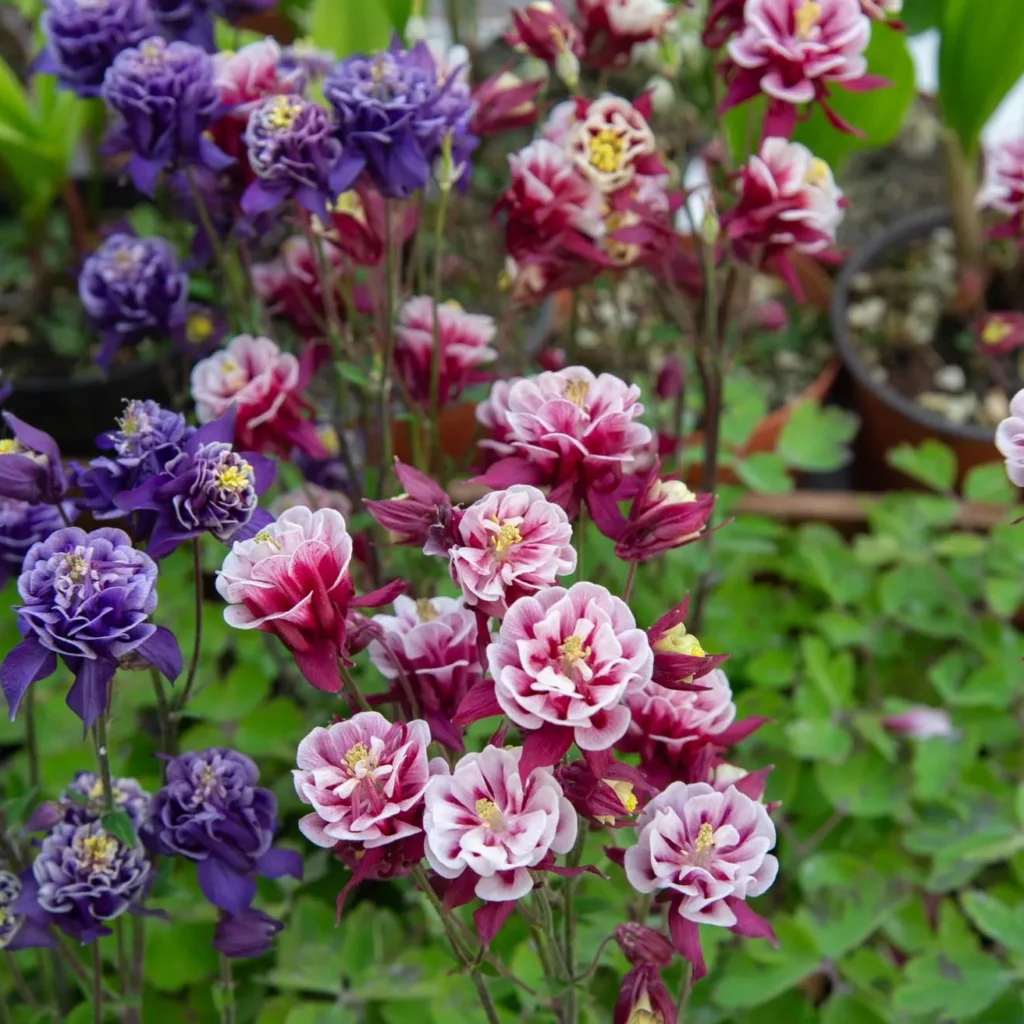
4. Water Smartly and Frequently
Fast-draining sandy soil requires more frequent watering, especially during hot and dry periods. However, it’s important to water deeply rather than lightly.
Watering tips:
- Water early in the morning to reduce evaporation.
- Use soaker hoses or drip irrigation for consistent moisture.
- Water deeply to encourage deep root growth.
Deep watering ensures that plant roots grow deeper into the soil, improving drought tolerance and overall plant health.
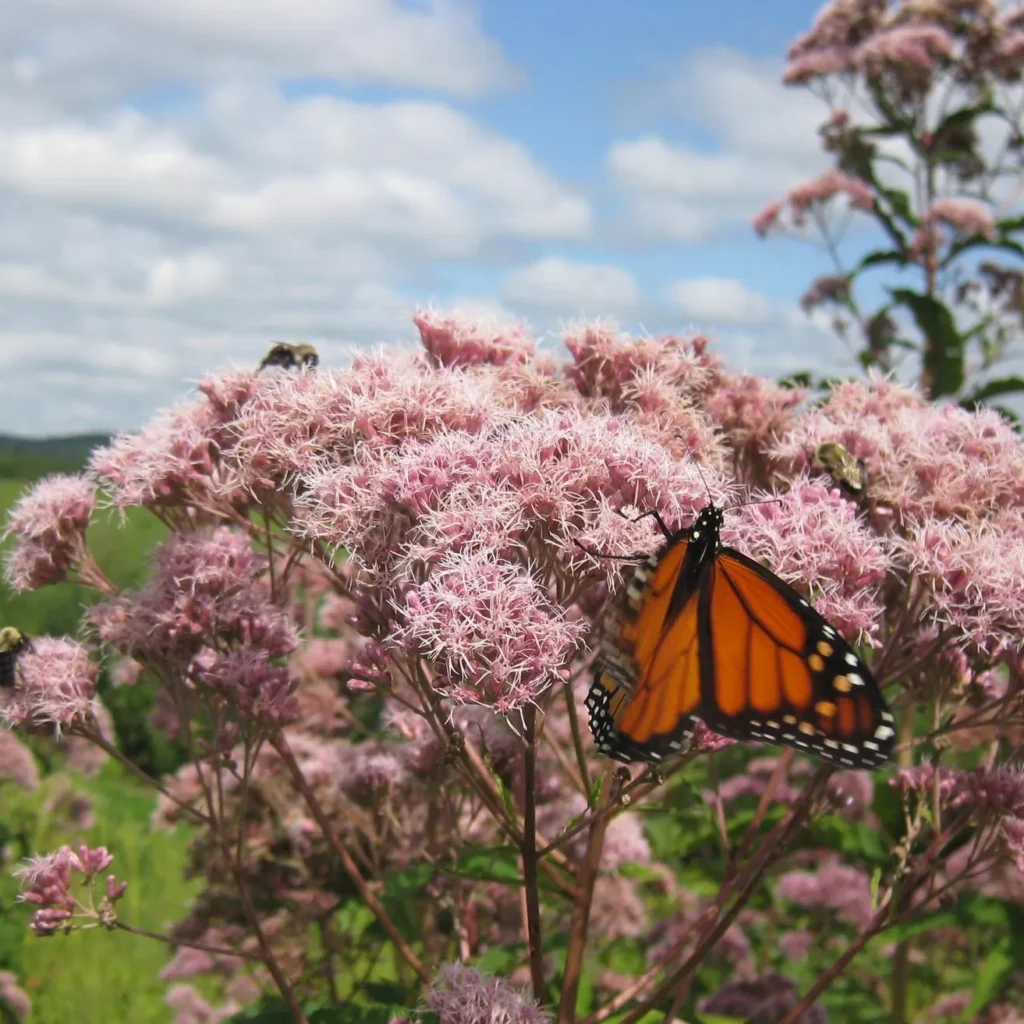
5. Incorporate Slow-Release Fertilizers
Sandy soil tends to lose nutrients quickly with every watering. To compensate, use slow-release or organic fertilizers that gradually provide nutrients over time.
Recommended fertilizers:
- Granular organic fertilizers
- Bone meal
- Blood meal
- Fish emulsion
Feed your flowers every 4-6 weeks during the growing season, or follow the instructions on your chosen fertilizer. Liquid fertilizers can also be used for a quick nutrient boost.
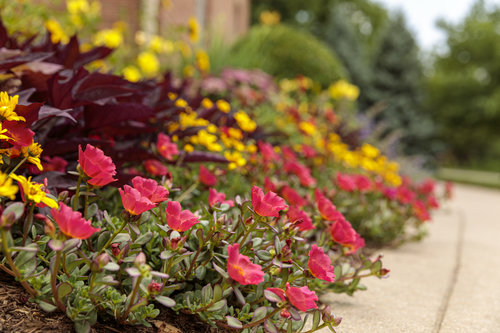
6. Amend Soil Regularly
To maintain fertility and improve structure, make it a habit to amend sandy soil annually. Adding organic matter once a year replenishes nutrients and helps retain moisture.
Effective amendments:
- Well-rotted compost
- Green manure crops (cover crops like clover)
- Organic soil conditioners
Work these materials into the top 6-8 inches of soil at the end of each growing season or before planting in spring.
7. Plant in Groups for Better Moisture Retention
Planting flowers in clusters or groups rather than individual, widely spaced plants helps shade the soil, reducing evaporation and keeping roots cooler.
Benefits of group planting:
- Conserves moisture
- Provides mutual shelter from wind and sun
- Creates a fuller, more visually striking garden
Aim for groupings of three or more of the same flower species for best results.
8. Create Windbreaks for Delicate Flowers
Sandy soil is often found in coastal or open areas where wind can dry out plants quickly. Protect your flower beds by creating natural or artificial windbreaks.
Ideas for windbreaks:
- Plant taller, hardy shrubs or grasses around your flower garden
- Install decorative garden fences
- Use trellises with climbing plants
These barriers help reduce wind stress and water loss, improving your flowers’ resilience.
9. Consider Raised Flower Beds
If amending large areas of sandy soil feels overwhelming, consider creating raised beds. This allows you to control the soil mix more easily and improve drainage and fertility on a smaller, manageable scale.
Advantages of raised beds:
- Better soil structure and fertility control
- Easier to water and maintain
- Warms up quickly in spring
- Reduced soil erosion
Fill your raised beds with a blend of garden soil, compost, and organic amendments for the best flower-growing environment.
10. Regularly Monitor Soil Health
Lastly, keep an eye on your soil’s health. Check moisture levels, monitor plant growth, and adjust your care routine as needed.
How to monitor:
- Use a soil moisture meter to avoid over or underwatering.
- Conduct a simple soil pH test. Most flowers prefer a slightly acidic to neutral pH (6.0-7.0).
- Observe plant health for signs of nutrient deficiencies like yellowing leaves or stunted growth.
Adjust your watering, fertilizing, and soil amending practices based on what your flowers are telling you.
Final Thoughts
While sandy soil may initially seem like a gardening challenge, it offers unique advantages too — like excellent drainage and fast warming in spring. By choosing the right plants, amending the soil, and adopting smart watering and fertilizing habits, you can turn even the driest, sandiest plot into a stunning, flower-filled oasis.
Start applying these 10 tips today, and you’ll be rewarded with a vibrant, thriving garden that adds color and beauty to your outdoor space — no matter how sandy your soil may be!
